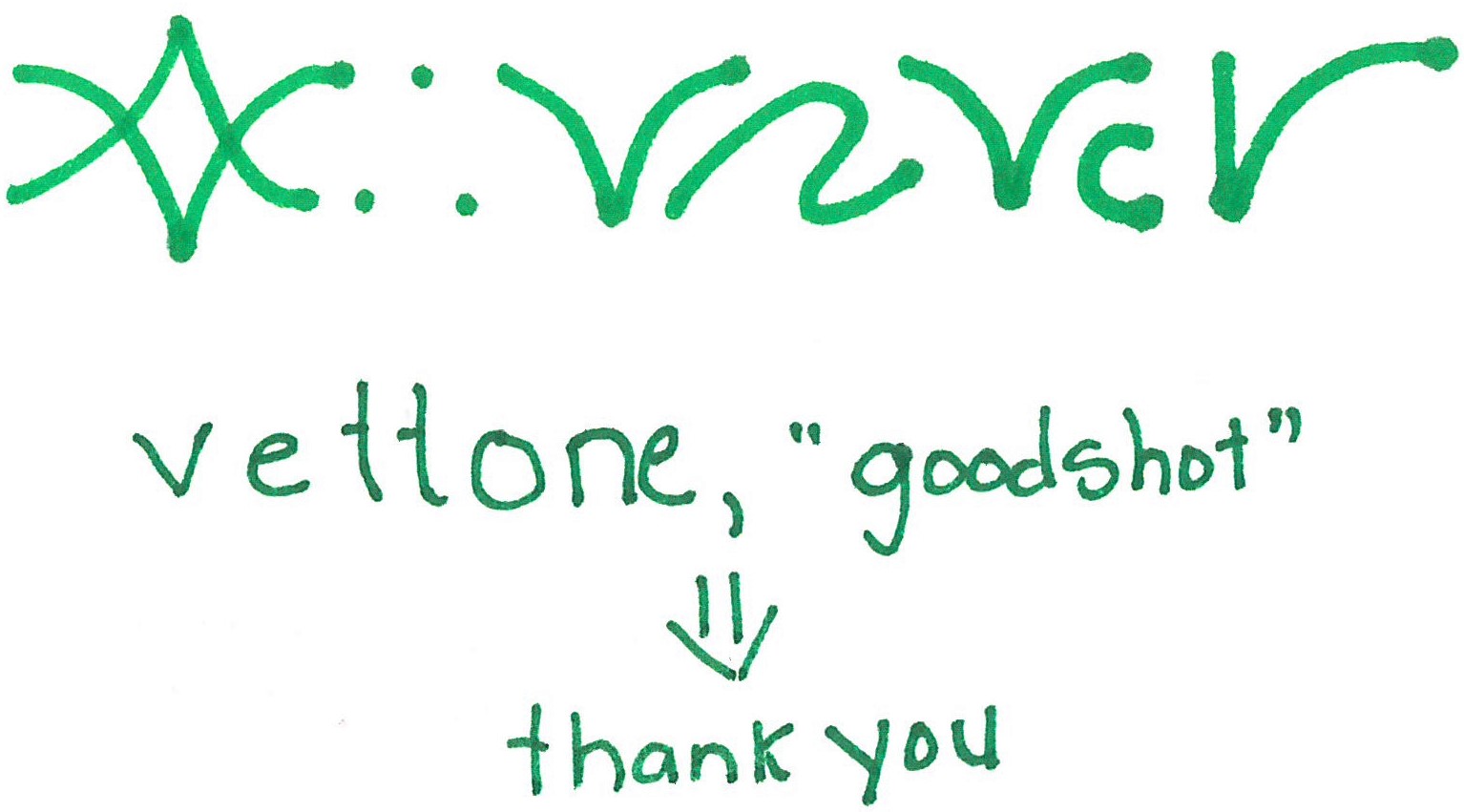I continue on my I-missed-Conlanging adventure. Today is Julectury: Write a lecture, lesson or 140 letter pedagogical tweet each day explaining how your language works.
What I’m trying to create here would be two laypeople’s introductions to the languages, because man would it be cool if I could get enough vocabulary that someone could speak either of these languages. I’ll start with one small section of each language:
Gender:
Calenyen marks three genders:
useful (bon)
useless (byon)
and beyond-use (obon)
These are marked by the initial letter of the word:
a non-palatalized consonant for useful
a palatalized consonant for useless
a vowel for beyond-use
And they are described thus:
Useful nouns fulfil a needed function or are desirable: an engineer, a wrench, a weasel
Most people’s names begin this way.
Useless nouns are unneeded or actively get in the way, or are just less desirable: a bad unskilled worker, a broken pipe, a vermin-creature
There are some people who name more-children-than-needed this way.
Beyond Use are parts of the world that are too large to be measured in such terms: the earth, the ocean, the mountains, the river, the sun, the stars.
People who can trace their ancestry to an emperor are named with a vowel, okol*, at the beginning.
*Okol is the royal vowel; a vowel in general is kol
A new word can be coined by changing the original vowel. So, a useful rat, a useless Engineer, and so on. Changing a person’s name thus is considered extremely insulting.
(I’m much less far along on Old Tongue, as I’m sure you’ve noticed…)
Use
Old Tongue could be considered a dead language, in that, up until the second generation of Addergoole, it has had no native speakers on Earth; however, it has been in use as a scholarly/academic language for Ellehemaei for centuries, and is often used as a code language between non-academically minded Ellehemaei.
Alphabet
Its writing system is an alphabet with modifying diacritical marks.
It began as a ideogramic system, the diacritical marks serving as changes to the meaning of the symbol (showing time, movement, and so on); many scholars continue to use the ideogrammic meaning of the letters to convey a secondary meaning. For instance, a clever scribe might began a page on half-breeds with an illuminated letter whose ideogrammic meaning is “bastard child”.
Morphambruary
Febmanteau
Polysemarch
DisMayCourse
Juneme
✒️
Augovernust
✒️
Julectury 2
This entry was originally posted at http://aldersprig.dreamwidth.org/1161128.html. You can comment here or there. 
